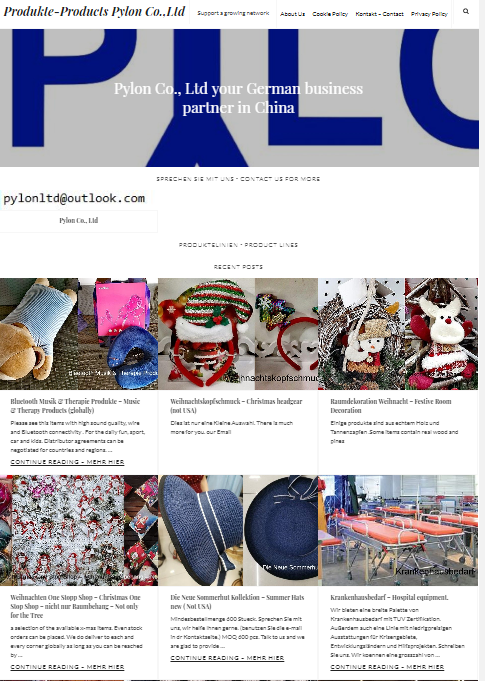NFTZ Forging a Global Wine Purchase Platform
- Details
- Category: Ningbo Business
- Published: Thursday, 08 December 2011 01:49
Since the first try of wine import business in 2009,Ningbo Free Trade Zone(NFTZ)has become the largest professional wine import market in Zhejiang province.
75 wine import companies from NFTZ attended the food Expo held on December 2, with the exhibition area totaling 2,189 square meters, which set a record high in scale.
NFTZ has its incomparable advantages in forging the wine import market.
NFTZ is adjacent to the fine Ningbo port and enjoys the convenient transportation to Shanghai within 3 hours. The companies settled here have some business privileges such as free choice of settlement through RMB or USD, accepting LC from domestic companies, etc.
In forging a global wine purchase platform, NFTZ has made great effort to improve the clearance environment for wine import.
Special window for the wine import companies was set by Ningbo Customs and new measures for determining the price of imported wine were employed. The first professional lab for wine testing in East China was founded in NFTZ by Ningbo Entry-Exit Inspection and Quarantine Bureau. At present, NFTZ boasts salient advantages in clearance efficiency and costs for imported wines.
The NFTZ has set up a special market development company, providing services of engineering property, market management and promotion, business consultation and international trade Agency. At the same time, the supervision commission was set up to maintain the creditability of the market, which was jointly established by Ningbo Administrative Commission, Ningbo Customs, Ningbo Entry-Exit Inspection and Quarantine Bureau, Ningbo Administration of Industry and Commerce as well as some representative companies.
At present, NFTZ has become the largest professional physical market of wine importation in China. It has attracted over 180 member companies and imported over 3000 kinds of wines all over the world. In 2010, the total volume of imported wine in NFTZ reached 4.888 million liters. During the first ten months of this year, it reached 6.694 million liters, up 79.3% over the same period last year. The total volume of the whole year is predicted to exceed 10 million liters








